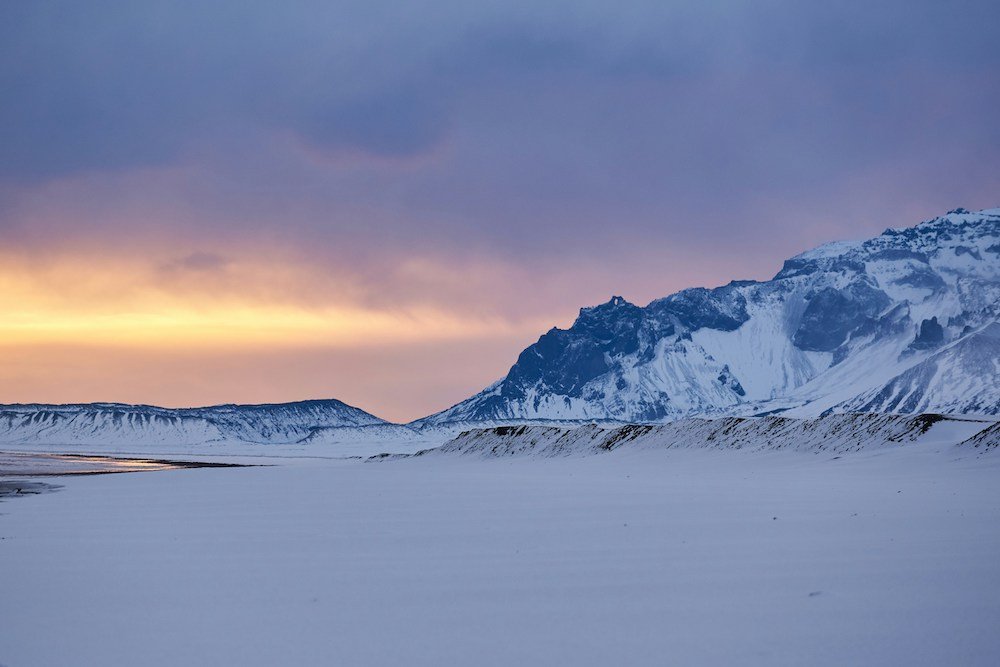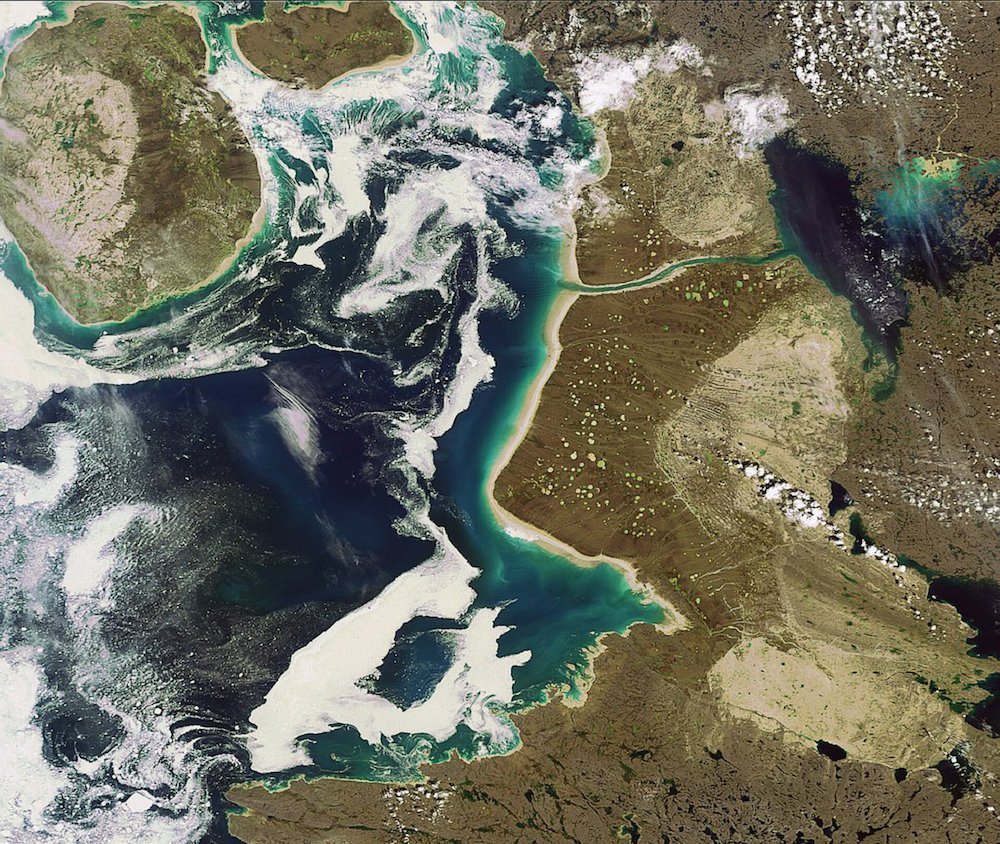
Prince Charles Island, nestled in the Arctic region of Canada, stands as a testament to nature’s grandeur and human exploration.
This remote landmass, often overshadowed by its larger Arctic neighbors, holds a wealth of geographical wonders, biodiversity, and historical significance waiting to be unearthed.
In this article, we delve into the depths of Prince Charles Island, unraveling its mysteries and showcasing its importance on both a local and global scale.
Covering an area of approximately 9,521 square kilometers (3,677 square miles), Prince Charles Island is situated within the Canadian Arctic Archipelago.
It stands as the ninth largest island in the group, surrounded by the frigid waters of the Arctic Ocean.
Its strategic location between Greenland and the northernmost reaches of Canada lends it both geographical and geopolitical significance.
Despite its remote location and harsh climate, Prince Charles Island plays a pivotal role in scientific research, environmental conservation, and indigenous culture.
As a beacon of Arctic biodiversity, it hosts a myriad of unique flora and fauna, offering invaluable insights into the resilience of life in extreme environments.
Furthermore, its historical heritage, coupled with ongoing exploration efforts, serves as a reminder of humanity’s enduring quest for discovery and understanding in the face of adversity.
Through this exploration, we aim to shed light on the multifaceted significance of Prince Charles Island, highlighting its natural wonders, cultural heritage, and potential for sustainable development in the ever-evolving landscape of the Arctic region.
Join us as we embark on a journey to uncover everything you need to know about this enigmatic Arctic gem.
Geographic Overview of Prince Charles Island
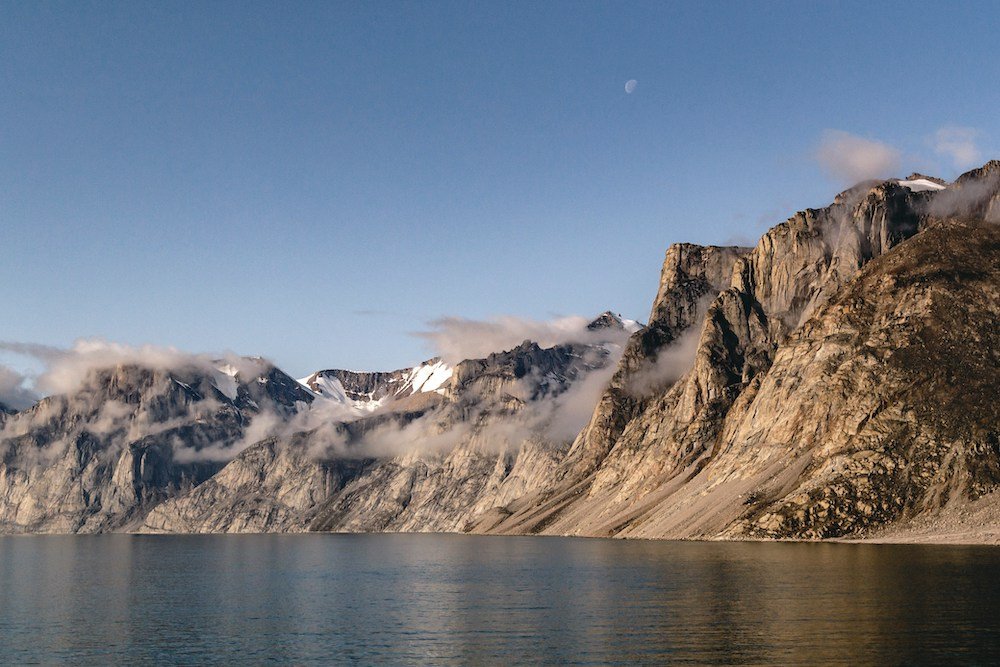
Prince Charles Island’s geographic characteristics define its identity and influence its ecological and climatic dynamics.
Understanding its location, size, surrounding geography, and climate is crucial in appreciating the island’s significance within the Arctic region.
Situated in the Canadian Arctic Archipelago, Prince Charles Island occupies a strategic position between Greenland to the east and the Canadian mainland to the west.
Its coordinates place it approximately between 74° and 76° North latitude and 97° and 99° West longitude.
With a total area spanning approximately 9,521 square kilometers (3,677 square miles), it ranks as the ninth largest island in the archipelago.
Prince Charles Island is flanked by a host of other Arctic islands, each contributing to the unique ecosystem of the region.
To the north lies the expansive Arctic Ocean, while to the south, the island is bordered by the Gulf of Boothia.
Nearby islands include Somerset Island to the west and Bylot Island to the east, forming a diverse mosaic of landmasses within the Arctic landscape.
The climate of Prince Charles Island is characterized by its Arctic nature, marked by long, frigid winters and brief, cool summers.
Average temperatures range from -25°C (-13°F) in winter to 5°C (41°F) in summer, with temperatures occasionally dropping much lower during periods of extreme cold.
Precipitation, primarily in the form of snow, blankets the island throughout much of the year, contributing to its starkly beautiful landscape.
The island’s weather patterns are heavily influenced by its proximity to the Arctic Ocean and prevailing atmospheric currents.
Strong winds and frequent storms are common occurrences, shaping the rugged terrain and sculpting the coastal features of Prince Charles Island.
History of Prince Charles Island:

The history of Prince Charles Island is as rich and diverse as its landscape, spanning millennia of human habitation and exploration.
From the indigenous peoples who first called it home to the European explorers who ventured into its icy realms, the island’s history is a testament to the resilience and adaptability of the human spirit.
For centuries, Prince Charles Island has been inhabited by indigenous peoples who have thrived in its harsh Arctic environment.
The Inuit, in particular, have a deep connection to the land, relying on its resources for sustenance and survival.
Their presence on the island dates back thousands of years, with archaeological evidence attesting to their enduring legacy in the region.
European exploration of Prince Charles Island began in the early 19th century, as intrepid adventurers sought to navigate the treacherous waters of the Arctic.
British and Canadian explorers, including Sir William Edward Parry and Sir John Franklin, charted the island’s coastlines and documented its natural wonders, contributing to our understanding of the Arctic landscape.
Throughout the colonial era, Prince Charles Island served as a strategic outpost for European powers vying for dominance in the Arctic region.
Traces of colonial influence, including abandoned whaling stations and trading posts, dot the island’s rugged terrain, serving as poignant reminders of its storied past.
Wildlife and Biodiversity
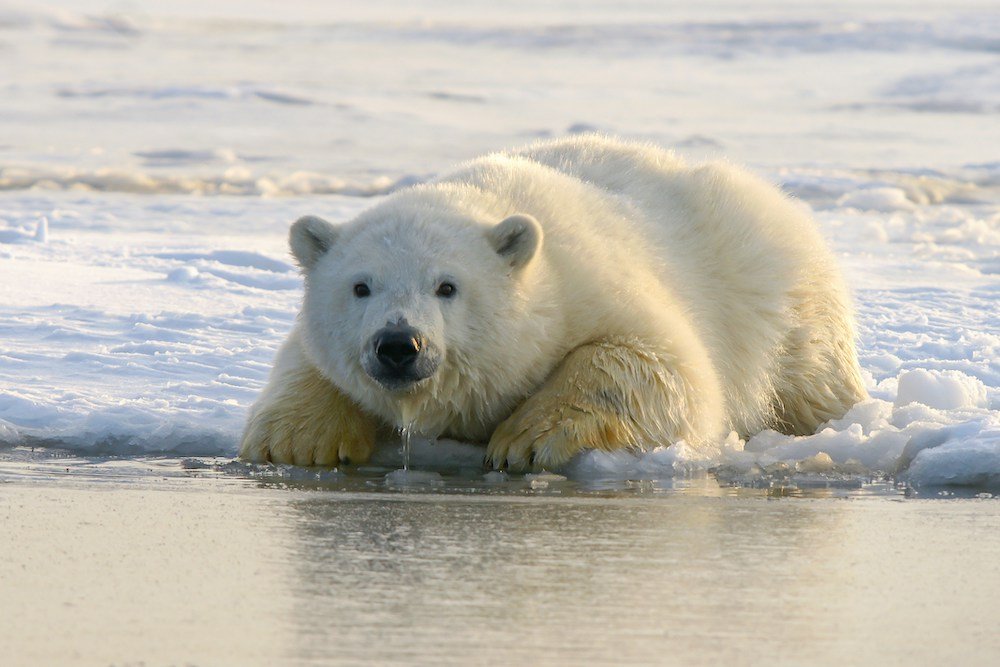
Prince Charles Island is home to a remarkable array of flora and fauna, adapted to thrive in one of the most extreme environments on Earth.
From resilient Arctic plants to iconic Arctic wildlife, the island’s biodiversity is a testament to nature’s ingenuity and resilience.
Despite its harsh climate and barren landscapes, Prince Charles Island supports a surprising diversity of plant life.
Hardy grasses, mosses, and lichens carpet the tundra, providing vital habitat and sustenance for a variety of animal species.
In the summer months, vibrant wildflowers dot the landscape, adding bursts of color to the otherwise stark terrain.
The island’s coastal waters teem with life, including seals, walruses, and various species of whales.
Polar bears, iconic symbols of the Arctic, roam the ice floes in search of prey, while Arctic foxes and lemmings navigate the frozen landscape in pursuit of survival.
Prince Charles Island is renowned for its unique biodiversity and ecological significance.
It serves as a critical breeding ground and migratory stopover for countless bird species, including Arctic terns, snow geese, and eider ducks.
The island’s coastal cliffs provide nesting sites for seabirds, while its inland lakes and ponds support thriving populations of waterfowl and migratory birds.
Marine mammals, such as ringed seals and beluga whales, rely on the island’s surrounding waters for feeding and breeding, while polar bears depend on the sea ice for hunting and denning.
The delicate balance of these interconnected ecosystems underscores the island’s importance as a haven for Arctic wildlife.
Despite its remote location, Prince Charles Island is not immune to the impacts of climate change and human activity.
Rising temperatures, shrinking sea ice, and pollution pose significant threats to the island’s fragile ecosystems, endangering the survival of its plant and animal species.
In response to these challenges, conservation organizations and government agencies have implemented measures to protect and preserve the island’s natural heritage.
These efforts include habitat restoration projects, wildlife monitoring programs, and initiatives to raise awareness about the importance of environmental conservation in the Arctic.
However, much work remains to be done to safeguard the future of Prince Charles Island and its inhabitants.
By supporting conservation efforts and promoting sustainable practices, we can help ensure that this pristine wilderness remains a sanctuary for generations to come.
Geology and Terrain
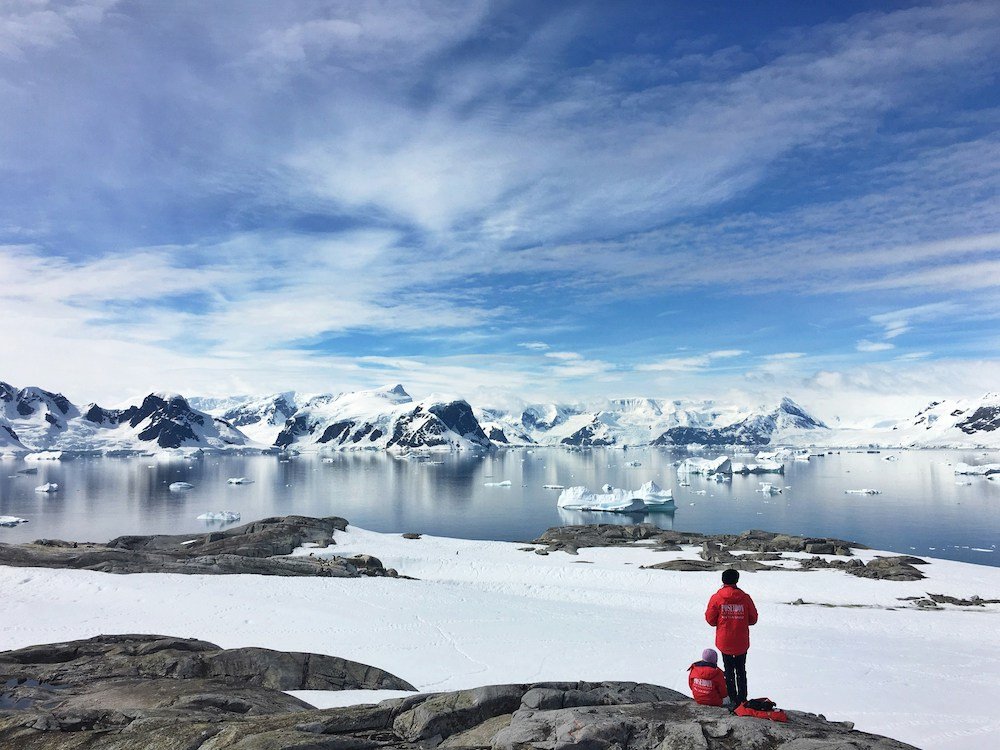
The geological makeup of Prince Charles Island offers a window into the Earth’s ancient history and the forces that have shaped its rugged terrain over millions of years.
From towering cliffs to glacial valleys, the island’s landscape bears the indelible imprint of geological processes both past and present.
Prince Charles Island boasts a diverse array of geological formations and landscape features, each telling a story of the island’s tumultuous past.
Steep cliffs and rugged coastlines, carved by the relentless forces of wind and water, define its shoreline, while expansive valleys and glacial moraines punctuate its interior.
The island’s geology is a testament to its glacial origins, with evidence of past ice ages etched into its bedrock.
Erratic boulders, deposited by retreating glaciers, dot the landscape, serving as silent witnesses to the ebb and flow of ancient ice sheets.
Despite its remote location, Prince Charles Island harbors a wealth of natural resources with significant geological significance.
Rich mineral deposits, including iron ore and coal, lie beneath its surface, offering potential opportunities for economic development and exploration.
The island’s geological diversity also plays a critical role in shaping its ecosystems and supporting its unique flora and fauna.
From the nutrient-rich soils of its coastal plains to the pristine waters of its freshwater lakes, every geological feature contributes to the island’s ecological richness and biodiversity.
The impact of climate change on Prince Charles Island’s geology is profound and far-reaching.
Rising temperatures, melting permafrost, and thawing ice contribute to the erosion of coastal cliffs and the destabilization of its fragile landscapes.
Glacial retreat and ice loss also pose significant challenges to the island’s geological stability, with increased rates of erosion and sedimentation altering its natural balance.
The loss of sea ice, a critical component of the Arctic ecosystem, further exacerbates these effects, leading to changes in ocean currents and coastal erosion patterns.
As the effects of climate change continue to unfold, understanding the interplay between geology, climate, and environmental change is essential for preserving the natural heritage of Prince Charles Island and mitigating its impact on future generations.
Human Activity and Settlements
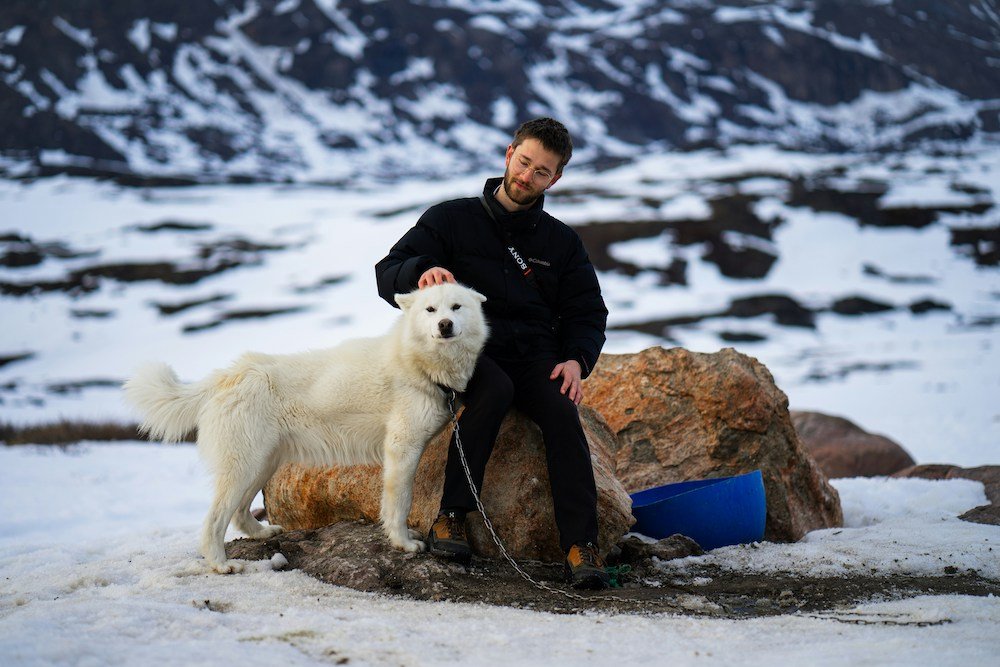
Human activity on Prince Charles Island, though sparse compared to other regions, has left an indelible mark on its landscape and cultural heritage.
From indigenous communities steeped in tradition to scientific expeditions unraveling the mysteries of the Arctic, the island bears witness to the enduring resilience of the human spirit.
For centuries, indigenous peoples have called Prince Charles Island home, forging deep connections to its land, sea, and wildlife.
Inuit communities, with their rich oral traditions and ancestral knowledge, have thrived in the harsh Arctic environment, relying on its resources for sustenance and survival.
Their cultural heritage, passed down through generations, is a testament to the enduring strength and resilience of Arctic peoples.
Prince Charles Island has long captivated the imaginations of explorers and scientists seeking to unlock its secrets.
From the earliest European voyages to modern-day research expeditions, the island has been a focal point for discovery and exploration.
Scientific research conducted on the island spans a wide range of disciplines, including geology, biology, climatology, and archaeology, shedding light on the complexities of Arctic ecosystems and the impacts of climate change.
While economic activities on Prince Charles Island are limited due to its remote location and harsh climate, certain industries have flourished in the region.
Traditional Inuit hunting and fishing practices continue to sustain local communities, providing essential food sources and cultural traditions.
Additionally, scientific research and exploration efforts contribute to the island’s economy, supporting jobs and infrastructure development in the region.
The potential for sustainable development and ecotourism also presents opportunities for economic growth on Prince Charles Island.
By promoting responsible travel practices and fostering partnerships with indigenous communities, stakeholders can harness the island’s natural beauty and cultural heritage to create economic opportunities while preserving its pristine environment for future generations.
Tourism and Recreation
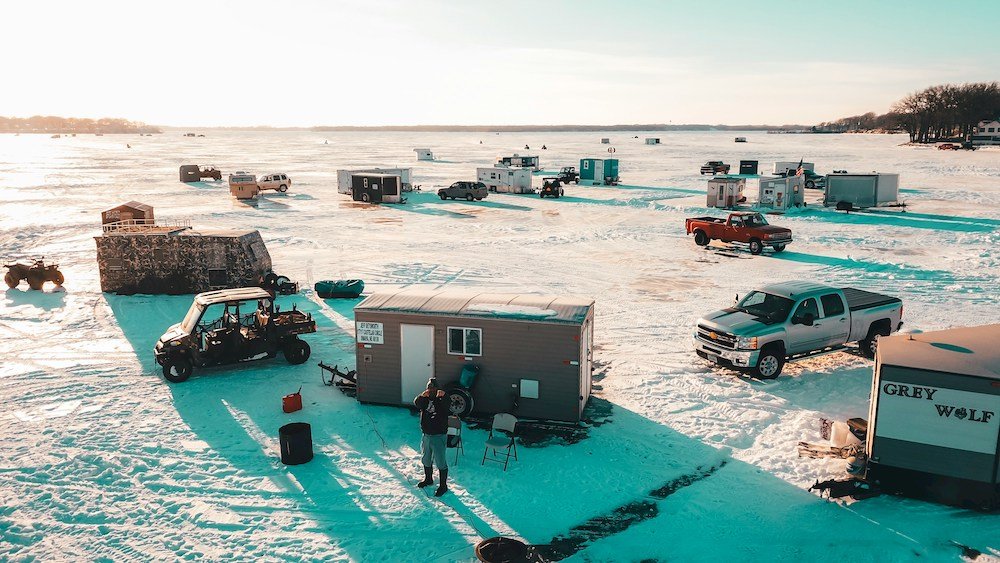
Prince Charles Island, though remote and challenging to access, offers intrepid travelers a glimpse into the pristine beauty and rugged wilderness of the Arctic.
From breathtaking landscapes to unparalleled wildlife encounters, the island beckons adventurers seeking to explore its unspoiled terrain and rich cultural heritage.
Despite its harsh climate and isolated location, Prince Charles Island boasts a wealth of attractions and points of interest for visitors.
Towering cliffs, ancient glaciers, and expansive tundra vistas provide awe-inspiring backdrops for outdoor exploration and photography.
Coastal lagoons and inland lakes offer opportunities for birdwatching and wildlife observation, while historic sites and cultural landmarks provide insight into the island’s rich heritage.
For outdoor enthusiasts, Prince Charles Island offers a myriad of recreational activities to suit every interest and skill level.
Hiking and trekking opportunities abound, with numerous trails winding through the island’s rugged terrain and pristine wilderness.
Kayaking and canoeing expeditions allow visitors to explore the island’s coastal waters and fjords, while wildlife cruises offer up-close encounters with polar bears, seals, and Arctic seabirds.
During the winter months, the island transforms into a winter wonderland, with opportunities for snowshoeing, cross-country skiing, and dog sledding adventures.
Aurora borealis, or the northern lights, illuminate the night sky, casting an ethereal glow over the frozen landscape and providing a once-in-a-lifetime experience for visitors.
As interest in Arctic tourism grows, so too does the need for sustainable tourism initiatives and responsible travel practices on Prince Charles Island.
Conservation organizations and tour operators are working together to minimize the impact of tourism on the island’s fragile ecosystems, implementing guidelines for waste management, wildlife viewing, and cultural preservation.
Visitors are encouraged to follow Leave No Trace principles, respecting the island’s natural environment and minimizing their footprint on the land.
By supporting local communities and indigenous-owned businesses, travelers can contribute to the economic vitality of the region while fostering cultural exchange and understanding.
Ultimately, the goal is to ensure that tourism on Prince Charles Island remains sustainable and respectful of the island’s natural and cultural heritage, preserving its pristine beauty for future generations to enjoy.
Future Outlook
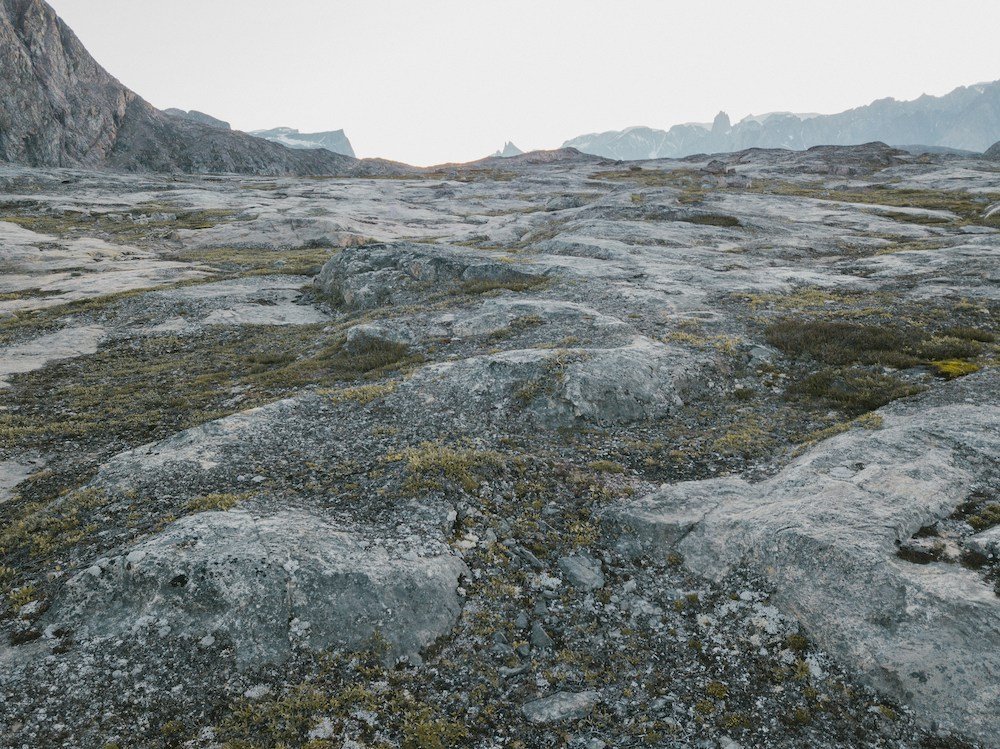
As Prince Charles Island stands at the intersection of environmental conservation, scientific exploration, and cultural heritage, its future is shaped by a delicate balance of challenges and opportunities.
Looking ahead, it is essential to consider the island’s role in shaping global and regional contexts while addressing the pressing issues of sustainability and conservation.
Prince Charles Island faces a myriad of potential developments and challenges in the coming years.
Climate change poses a significant threat to the island’s fragile ecosystems, with rising temperatures and melting sea ice altering its landscape and wildlife habitats.
Increased human activity, including tourism and resource extraction, also presents challenges to the island’s pristine environment and cultural heritage.
Amidst these challenges, there are opportunities for sustainable development and conservation efforts on Prince Charles Island.
By fostering partnerships between government agencies, indigenous communities, and conservation organizations, stakeholders can work together to preserve the island’s natural beauty and cultural heritage while promoting responsible tourism and economic development.
Initiatives such as habitat restoration, wildlife conservation, and sustainable resource management can help mitigate the impacts of climate change and human activity on the island’s ecosystems.
By implementing best practices in environmental stewardship and land use planning, Prince Charles Island can serve as a model for sustainable development in the Arctic region.
Prince Charles Island plays a crucial role in both global and regional contexts, serving as a barometer for environmental change in the Arctic and a beacon of scientific discovery and exploration.
Its unique geographical features and biodiversity make it a valuable resource for researchers studying climate change, wildlife conservation, and indigenous cultures.
In addition, the island’s cultural heritage and historical significance offer insights into humanity’s relationship with the natural world and the challenges of coexisting in extreme environments.
By fostering dialogue and collaboration among stakeholders, Prince Charles Island can contribute to broader discussions about environmental sustainability, cultural preservation, and the future of the Arctic region.
As we navigate the uncertainties of the 21st century, the fate of Prince Charles Island remains intertwined with our collective efforts to protect and preserve the planet’s most vulnerable ecosystems.
By embracing the principles of sustainability, stewardship, and collaboration, we can ensure that this remote Arctic gem continues to inspire and educate future generations for years to come.
Conclusion
As we conclude our exploration of Prince Charles Island, we reflect on the myriad wonders and complexities that define this remote Arctic gem.
From its towering cliffs and ancient glaciers to its vibrant wildlife and rich cultural heritage, the island stands as a testament to the resilience and beauty of the natural world.
Throughout our journey, we’ve uncovered the geographical, historical, and ecological treasures that make Prince Charles Island a unique destination.
From its glacial origins and indigenous heritage to its role in scientific research and environmental conservation, the island offers a wealth of opportunities for exploration and discovery.
As stewards of the planet, it is our collective responsibility to preserve and appreciate the natural and cultural heritage of Prince Charles Island.
Its pristine landscapes and diverse ecosystems remind us of the fragility of the Arctic environment and the urgent need for conservation efforts to protect its fragile ecosystems.
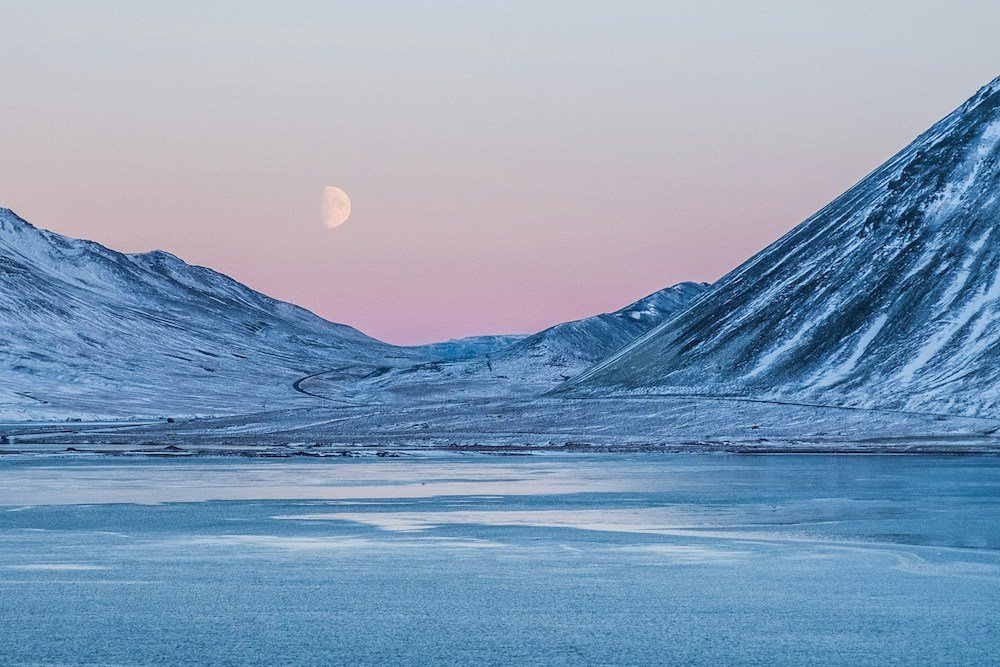
FAQ’s About Prince Charles Island:
Why is it called Prince Charles Island?
Prince Charles Island is named after Prince Charles of Denmark, who later became King Charles X of Sweden.
The island was named by William Edward Parry during his expedition in the early 19th century.
How many people live on Prince Charles Island?
As of current records, Prince Charles Island is uninhabited by permanent human residents.
However, it may host occasional scientific researchers, tourists, and indigenous groups who visit the island for various purposes.
Which country is Prince Charles Island part of?
Prince Charles Island is part of Canada. It is located within the Canadian Arctic Archipelago and falls under Canadian sovereignty.
It is specifically part of the territory of Nunavut, one of Canada’s northern territories.
